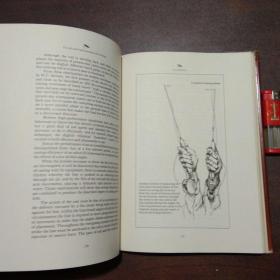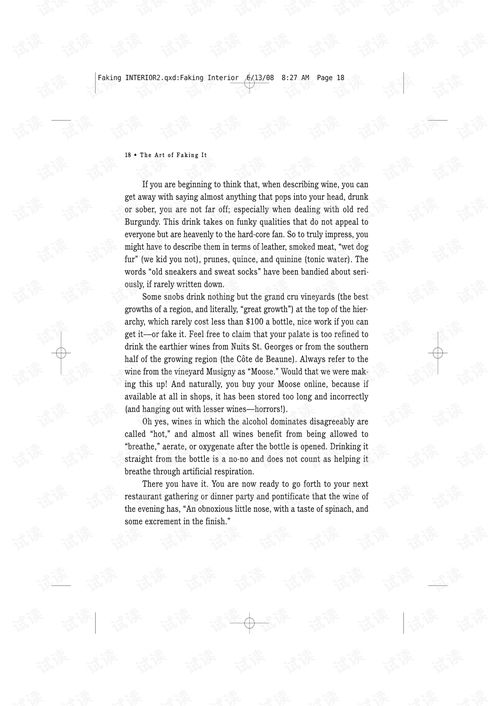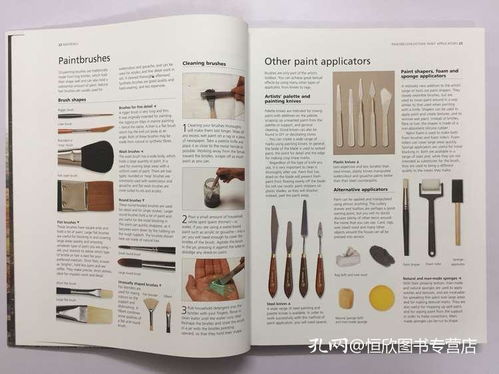Introduction
Fly fishing, an ancient and revered sport, requires a blend of patience, skill, and a deep understanding of the water and the fish it harbors. One of the most crucial aspects of fly fishing is mastering the art of adjusting your rod's bait, commonly referred to as "tuning the fly." This article delves into the nuances of how to tune your fly rod effectively, ensuring you're ready to cast, present, and catch fish with precision.
Understanding the Basics of Fly Rod Tuning
Before diving into the specifics of how to adjust your fly rod's bait, it's essential to understand the basics. A fly rod is designed to cast lightweight flies over long distances with delicate accuracy. The bait, or fly, is attached to a leader and tippet, which are then connected to the rod. The key to successful fly fishing lies in the balance between the rod, line, leader, and fly.
Choosing the Right Fly
The first step in tuning your fly rod is selecting the appropriate fly. Different flies are designed to mimic various insects and prey, so choose one that matches the species you're targeting. Consider the size, color, and shape of the fly to ensure it's as realistic as possible.
Attaching the Fly
Once you've chosen the right fly, it's time to attach it to your leader. Use a fly fishing knot, such as the improved clinch knot or the surgeon's knot, to secure the fly. Ensure the knot is tight and secure, but not so tight that it damages the fly or the leader.
Measuring the Leader and Tippet
The leader and tippet are crucial components that connect the fly to the rod. The leader is typically made of monofilament or fluorocarbon and is designed to be flexible and durable. The tippet is a shorter section of line that follows the leader and is used to protect the leader from wear and tear.
To measure the leader and tippet, follow these guidelines:
- For trout fishing, a 9-foot leader with a 3- to 5-foot tippet is standard.
- For bass or saltwater fishing, a 7- to 9-foot leader with a 4- to 6-foot tippet is more common.
Attaching the Leader to the Fly Line

To attach the leader to the fly line, use a loop-to-loop connection. This method is simple and provides a strong, yet flexible connection. Follow these steps:
- Create a loop in the end of your fly line.
- Pass the end of your leader through the loop and pull it tight.
- Trim any excess leader material.
Adjusting the Fly's Position
The position of the fly on the leader can significantly impact your fishing success. Here's how to adjust it:
- The fly should be positioned about 18 inches above the tip of the rod when casting.
- If you're fishing in heavy currents or with a heavy fly, position the fly closer to the rod tip.
- For lighter flies or more delicate presentations, position the fly further from the rod tip.
Fine-Tuning the Bait
Once the fly is attached and positioned correctly, it's time to fine-tune the bait:
- Adjust the weight of the fly by adding or removing split shot.
- Ensure the fly is balanced and not too heavy, as this can affect your casting and presentation.
- Test the fly's action in the water to ensure it behaves as expected.
Advanced Techniques for Tuning Your Fly Rod
Casting Practice
One of the most critical aspects of fly fishing is casting. Practice your casting technique to ensure you can deliver your fly to the desired location with precision. Focus on the following:
- Proper grip and stance.
- Timing and rhythm.
- The casting stroke and follow-through.
Reading the Water
Understanding the water you're fishing is essential for successful fly fishing. Observe the currents, structure, and depth to determine the best casting and retrieval techniques. Pay attention to:
- Water flow and speed.
- Obstacles such as rocks, logs, and weeds.
- Fish behavior and feeding patterns.
Adjusting for Wind Conditions
Wind can significantly impact your casting and fly presentation. Here are some tips for adjusting to windy conditions:
- Use a mend to keep your fly in the strike zone.
- Adjust your casting angle to compensate for wind direction.
- Cast into the wind to give your fly a better chance of reaching its target.
Conclusion
Tuning your fly rod's bait is a vital skill for any fly fisherman. By understanding the basics, choosing the right fly, and adjusting the leader and tippet, you'll be well on your way to mastering the art of fly fishing. Remember to practice your casting, read the water, and adjust for wind conditions to increase your chances of success. With patience and persistence, you'll soon be a seasoned fly fisherman, reeling in fish with the precision and grace of a seasoned pro.












